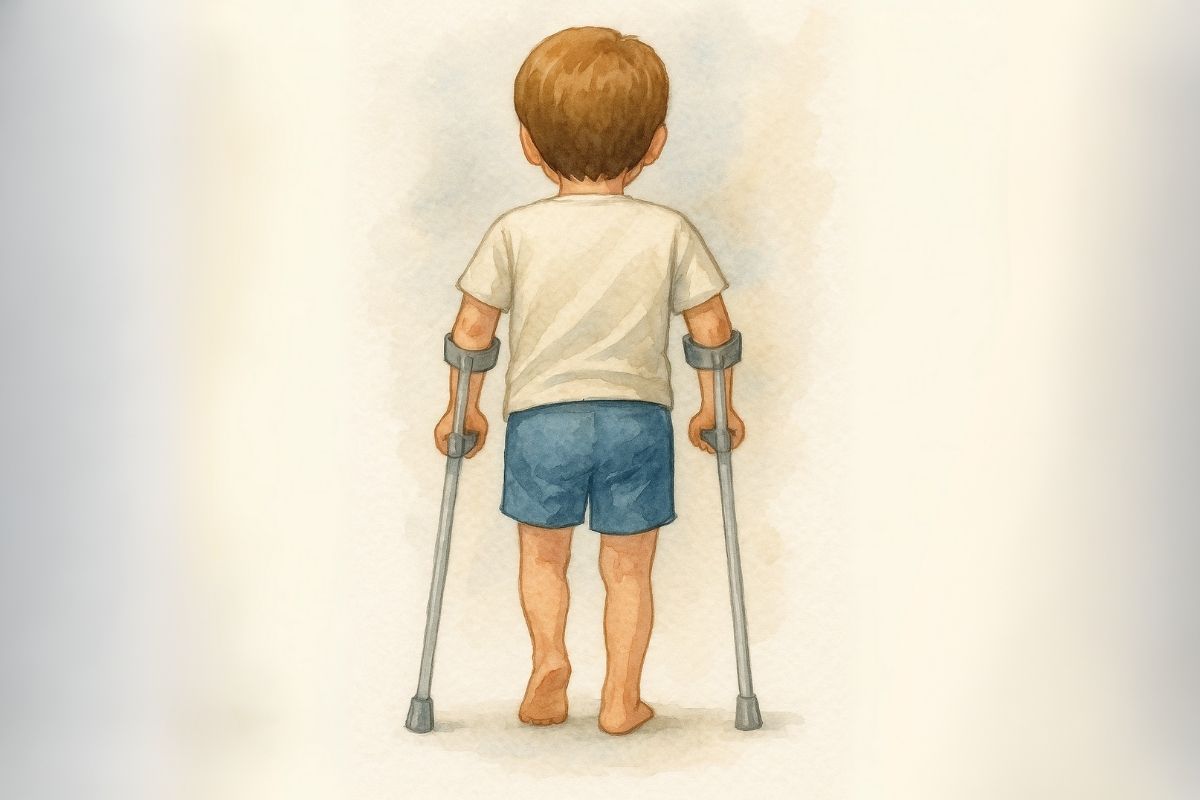Limb Length Inequality
Limb length inequality is a common orthopedic condition in childhood characterized by one leg being shorter than the other. In some children, this difference is a few millimeters, while in others it can be several centimeters. The disparity may be due to a congenital bone development disorder or may develop after fractures, infections or neuromuscular diseases.
This condition, which is not recognized at an early age, may cause problems such as limping, low back pain, scoliosis, deformities due to disproportionate loading on the knee-hip joints. The diagnosis is made by physical examination and special radiographs for length measurement.
The treatment plan is based on the degree of difference and the growth potential of the child. In mild cases (cases predicted to have a length difference of less than 2 cm in adulthood), the use of special insoles is sufficient, while in progressive or significant differences (cases predicted to have a length difference of 2-5 cm in adulthood), growth guidance surgeries (epiphysiodesis) or lengthening surgeries (cases predicted to have a length difference of more than 5 cm in adulthood) (external fixator, Ilizarov, motorized nails, or combined methods: nails + external fixator) can be applied.
With timely intervention in leg length inequalities, it is possible for children to gain a painless, balanced and safe gait.
